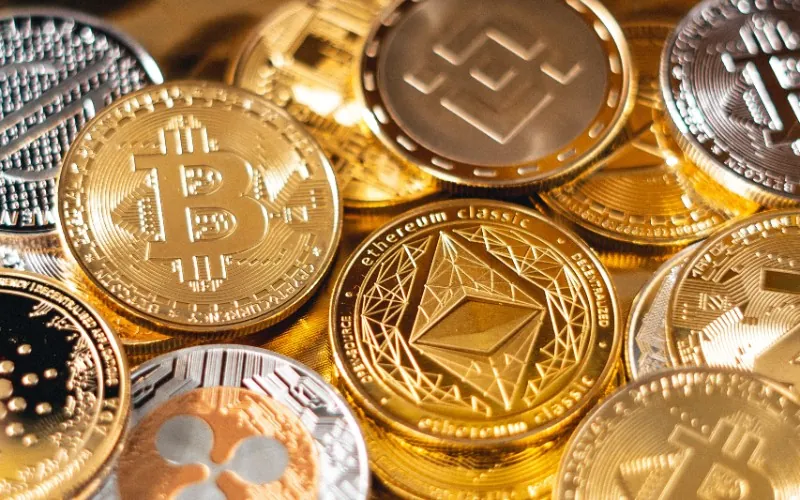When investors consider investing in crypto, they decide between mining cryptocurrency or buying it on a cryptocurrency market. Crypto staking, or staking coins as it is usually referred to, is an additional potential option for crypto-curious individuals seeking to acquire assets for their digital wallets.
The most fundamental question to ask is, what is staking crypto? Understanding what “staking” is, its mode of operation, and which cryptocurrencies it can acquire is essential for those participating in crypto investments. “Staking” is a relatively new addition to the financial vocabulary. Still, it is essential for those hoping to start crypto investments to understand what it is, how it works, and which cryptocurrencies it can obtain.
This article will help explain the basics of staking.
What is crypto staking?
Crypto staking is the practice of locking up crypto assets to receive interest. Cryptocurrencies are created using blockchain technology, verifying crypto transactions and storing the resultant data. Staking is an alternative term for verifying transactions on a blockchain.
These validation methods are known as proof-of-stake or proof-of-work, depending on the sort of crypto you’re dealing with and its underlying technology. Each of these procedures assists cryptographic systems in reaching an agreement or validating that all transaction data sum to the level it should.
It may be helpful to think of crypto staking as similar to depositing cash in a savings account. The depositor earns interest on their money while it’s in the bank as a reward from the bank, which uses the money for other purposes (lending, etc.). Staking coins is, then, similar to earning interest.
How does crypto staking work?
Cryptocurrency staking is a passive endeavor for investors. When investors leave their holdings in their crypto wallet (staking), the network may utilize those assets to generate new blocks on the blockchain. Your holdings are better positioned to be chosen when more crypto is staked.
The investor’s holdings confirm the information written into the new block. Since data from the blockchain is already hard-coded into coins, they may be utilized as validators. The network then compensates the stakeholder for letting their assets serve as validators.
Why can you only stake some coins?
This is the technical point of the process that you should understand. For example, some coins, such as Bitcoin, do not allow for staking. But why is this so? Since crypto is decentralized, there is no need for a central authority to bring correct figures. Because of this, crypto uses a method known as the consensus mechanism. Many coins, such as Bitcoin, use a consensus mechanism known as proof of work. With this mechanism, the blockchain uses much power to solve problems such as transactional validation. Mining becomes part of the process of this problem-solving. Proof of work can cause tight situations when activity increases, increasing transaction time and generating higher fees.
Staking uses the newer consensus mechanism known as proof of stake. This method was created to increase speed and efficiency. Proof of stake reduces cost by validating transactions using people who have invested in the blockchain through staking instead of mining. In this, a participant is selected to add the latest batch of transactions to the blockchain and, in the process, get crypto in exchange. The network picks validators depending on the size of their stake and the time they have been holding it. If the network discovers that some of the transactions are invalid, the stake of some users is slashed.
Advantages and disadvantages of coin staking
Since coin staking is a passive investment, there are a few disadvantages. However, it is essential to consider the block rewards connected with the staking coins you hold and the volatility of cryptocurrencies in general. If the coin’s worth decreases, this will affect the value of the staking profit you receive.
Risks of staking
Staking usually requires a lockup period where you cannot transfer your staked crypto for a given period. This might be a disadvantage as you are not allowed to trade with your crypto during prince changes. Before you start staking, ensure you have researched the staking requirements and the rules following any project you want to undertake. The good thing is that staking is open to whoever wants to participate.


